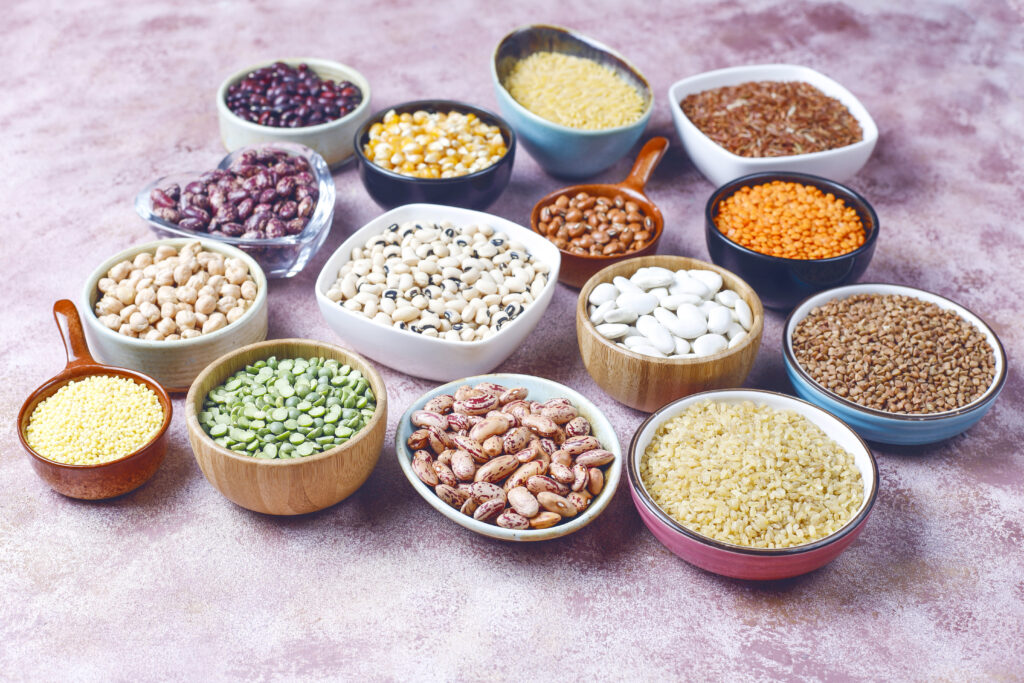Introduction: Power Foods from Every Indian Kitchen
Pulses are the heart of many Indian meals—and for good reason! They are rich in protein, iron, fiber, and other vital nutrients that are perfect for growing children. Whether it’s dal-chawal at lunch or a bowl of khichdi for dinner, pulses play a starring role in a child’s diet.
At top schools in Whitefield, promoting nutritious meals is part of building lifelong healthy eating habits. Let’s dive into the different pulse names in English and why they’re a smart choice for kids.
What Are Pulses?
Pulses are edible seeds of legume plants, harvested when dry. They differ from fresh legumes like green peas because they’re dried and store well, making them pantry essentials in Indian homes.
Common Pulses Name in English (With Indian Names)
| Indian Name | English Name | Typical Use |
| Moong Dal | Green Gram / Mung Beans | Khichdi, dosa, sprouts, soups |
| Masoor Dal | Red Lentils | Soups, dals, parathas |
| Urad Dal | Black Gram | Idli, dosa, vada batter |
| Chana Dal | Bengal Gram | Dal curry, sweets like chana dal payasam |
| Rajma | Kidney Beans | Rajma chawal, gravies |
| Kabuli Chana | Chickpeas / Garbanzo Beans | Chole, hummus, salads |
| Lobia | Black-Eyed Peas | Curries, salads, stews |
| Arhar/Tuvar Dal | Pigeon Peas / Yellow Lentils | Dal fry, sambar |
| Kulthi Dal | Horse Gram | Rasam, soups, health tonics |
Why Are Pulses Great for Kids?
1. High in Protein
Children need protein for muscle development and immunity. Pulses are a great source of plant-based protein.
2. Rich in Iron and Fiber
Iron boosts energy while fiber supports digestion—both vital for active school days.
3. Easy to Cook, Easy to Pack
Pulses work well in lunch boxes—try dal parathas or rajma rolls!
4. Builds Immunity
Zinc, selenium, and antioxidants in pulses help strengthen children’s immune systems.
Tips for Cooking Pulses for Kids
Even picky eaters can learn to love pulses. Try these strategies:
- Soak before cooking: This makes pulses easier to digest and reduces bloating.
- Flavor with kid-friendly spices: Cumin, turmeric, and a touch of ghee work wonders.
- Blend into familiar foods: Add cooked lentils into pasta sauces or make patties with rajma or chana dal.
- Get creative: Moong dal pancakes or besan cheelas are healthy and fun to eat.
Cultural Connection: Pulses in Indian Festivals
Pulses aren’t just everyday food—they’re part of celebrations too!
- Pongal: Moong dal is used in the traditional sweet dish “Sakkarai Pongal.”
- Ramadan: Chickpeas and lentils often appear in nourishing Iftar meals.
- Holi: Chana dal is used in sweets like puran poli and halwa.
- Navratri: Many fasting recipes use horse gram or green gram.
These traditions connect food with cultural learning, making pulses a bridge between generations.
Pulses and Sustainability: A Green Superfood
Pulses are not only good for our bodies—they’re great for the planet!
- They use less water than other crops.
- They improve soil health by fixing nitrogen.
- Growing pulses supports sustainable farming.
By eating more pulses, your child is not only staying healthy but also helping the environment.
Conclusion
Knowing the pulse’s name in English is more than just language learning—it’s about making informed food choices. From boosting immunity to supporting classroom focus, pulses deliver on every front. At leading schools in Varthur, such nutritious knowledge is woven into everyday learning. With a little creativity, pulses can become the favorite part of any child’s meal.
FAQs
Pulses are the dry, edible seeds of legumes like lentils, beans, and peas—rich in nutrients and perfect for daily meals.
Moong dal and masoor dal are light, protein-rich, and easy to digest—perfect for younger children.
Yes! With variety and proper cooking, pulses can be part of your child’s daily balanced diet.
Absolutely. Use them in dal-stuffed parathas, moong cheelas, or wraps for tasty and healthy options.
Use colors, shapes, and creative recipes—like lentil burgers, rajma tacos, or chana salad rolls.

